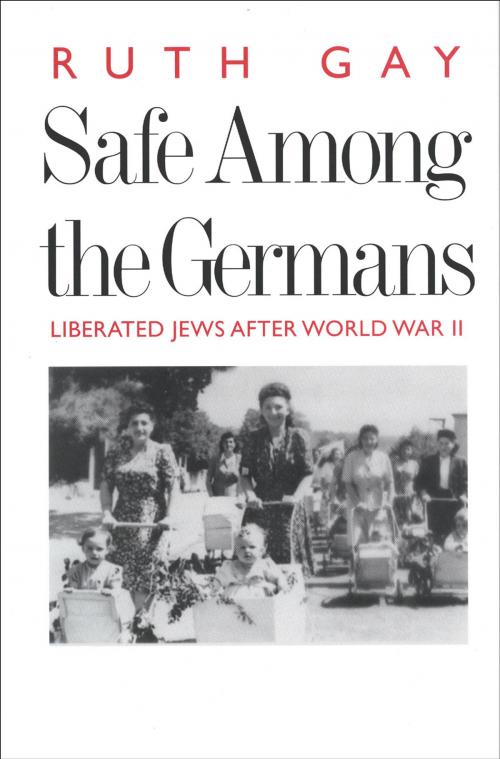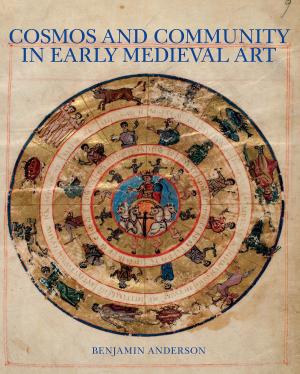| Author: | Ms. Ruth Gay | ISBN: | 9780300133127 |
| Publisher: | Yale University Press | Publication: | October 1, 2008 |
| Imprint: | Yale University Press | Language: | English |
| Author: | Ms. Ruth Gay |
| ISBN: | 9780300133127 |
| Publisher: | Yale University Press |
| Publication: | October 1, 2008 |
| Imprint: | Yale University Press |
| Language: | English |
This book tells the little-known story of why a quarter-million Jews, survivors of death camps and forced labor, sought refuge in Germany after World War II. Those who had ventured to return to Poland after liberation soon found that their homeland had become a new killing ground, where some 1,500 Jews were murdered in pogroms between 1945 and 1947. Facing death at home, and with Palestine and the rest of the world largely closed to them, they looked for a place to be safe and found it in the shelter of the Allied Occupation Forces in Germany.
By 1950 a little community of 20,000 Jews remained in Germany: 8,000 native German Jews and 12,000 from Eastern Europe. Ruth Gay examines their contrasting lives in the two postwar Germanies. After the fall of Communism, the Jewish community was suddenly overwhelmed by tens of thousands of former Soviet Jews. Now there are some 100,000 Jews in Germany. The old, somewhat nostalgic life of the first postwar decades is being swept aside by radical forces from the Lubavitcher at one end to Reform and feminism at the other. What started in 1945 as a remnant” community has become a dynamic new center of Jewish life.
By 1950 a little community of 20,000 Jews remained in Germany: 8,000 native German Jews and 12,000 from Eastern Europe. Ruth Gay examines their contrasting lives in the two postwar Germanies. After the fall of Communism, the Jewish community was suddenly overwhelmed by tens of thousands of former Soviet Jews. Now there are some 100,000 Jews in Germany. The old, somewhat nostalgic life of the first postwar decades is being swept aside by radical forces from the Lubavitcher at one end to Reform and feminism at the other. What started in 1945 as a remnant” community has become a dynamic new center of Jewish life.















